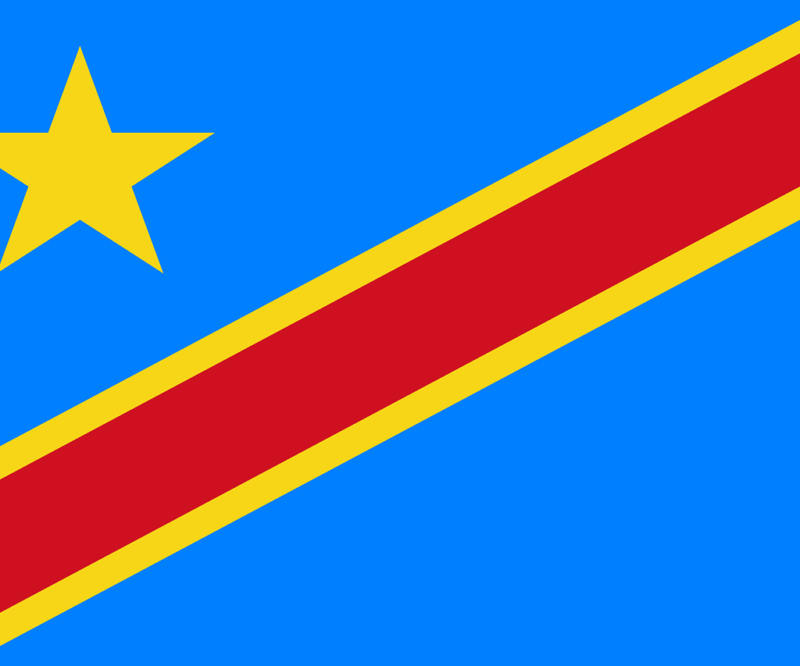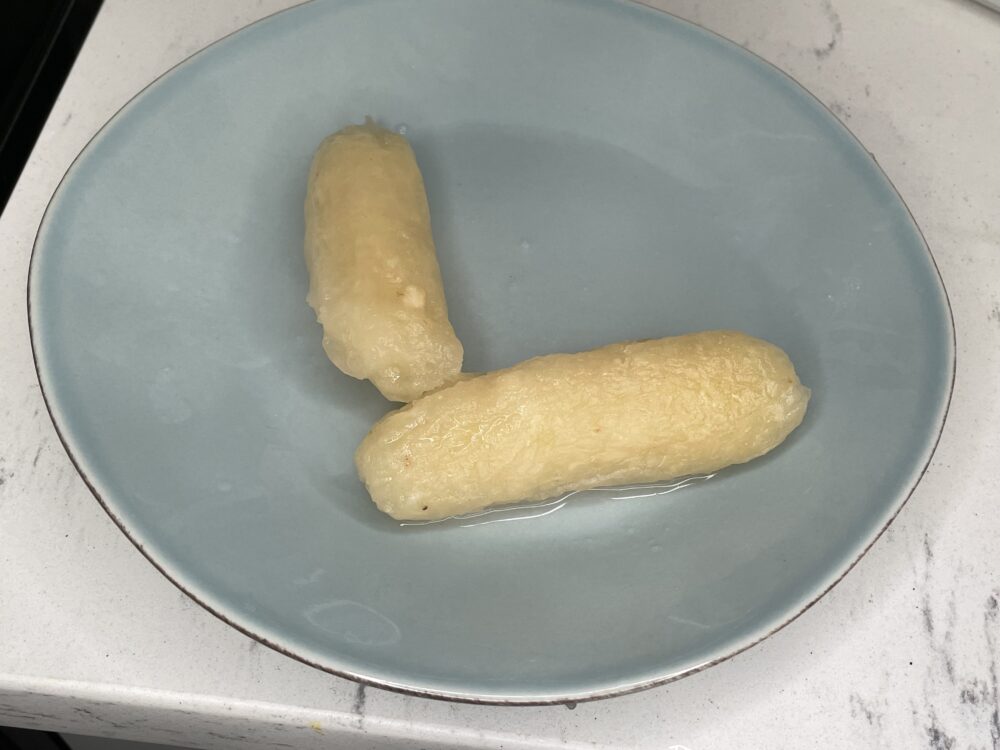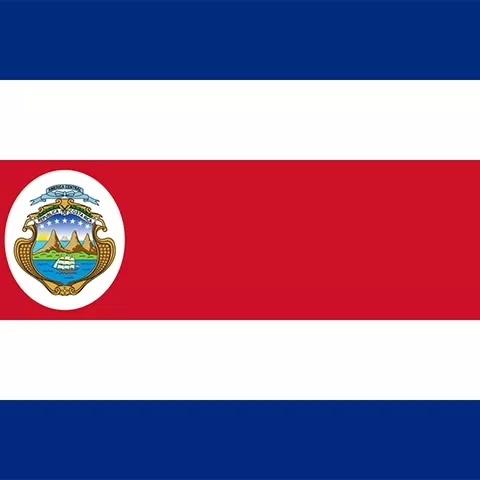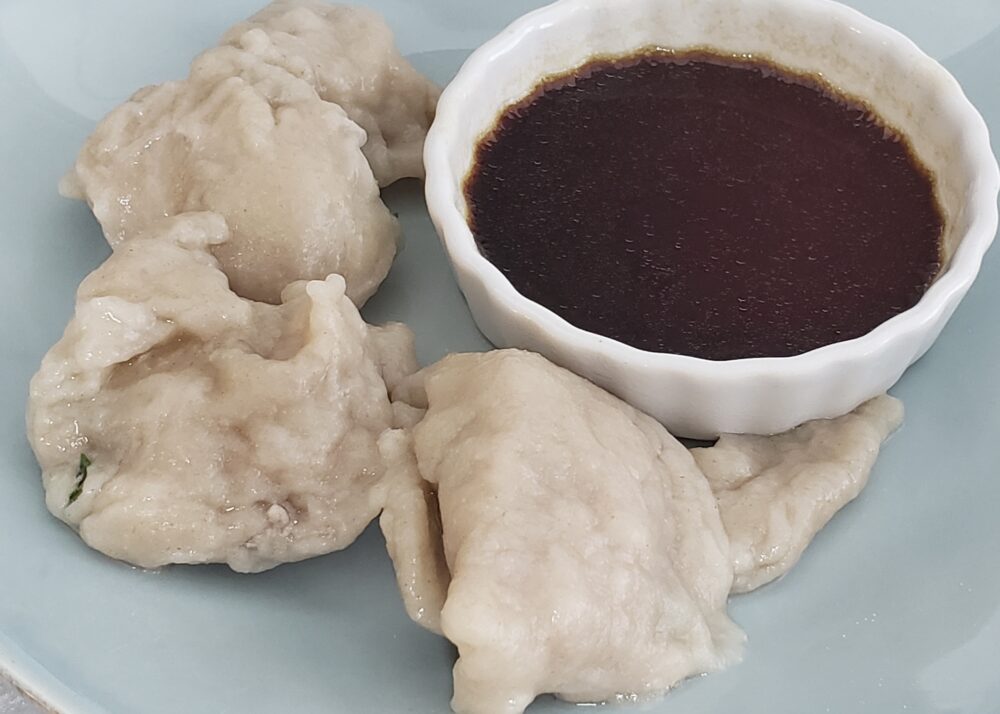We decided for this episode to combine two very nearby countries into one video. Democratic Republic of Congo and Republic of Congo are two neighboring countries divided by the river that gives them both part of their name. These countries in Central Africa have different histories, but a decent amount in common, especially their geography and cuisine.
And so, to check off two countries in one, we decided to make this video about the Congo region rather than just a single country.
THE CUISINE

When I was a kid, I remember the country of Zaire, which is now known as the Democratic Republic of Congo. It is distinguished by its neighbor today more by the name of their capitals, Brazzaville and Kinshasa.
While the cuisine of both of these countries can vary widely from region to region (like seafood-heavy diets for those near the river), they do share many dishes and ingredients. The cuisine of both countries is called Congolese.

Starchy food and vegetables are a main component of the food, along with hearty meat stews and big, bold spices.
Much of the population in both countries is quite poor and so meat is not always a part of the meal, although it is rare to not find a starch, like rice, yam, or cassava.
There are similarities to other Central African nations, like Cameroon, Angola, and Gabon.
Traditional Dishes:
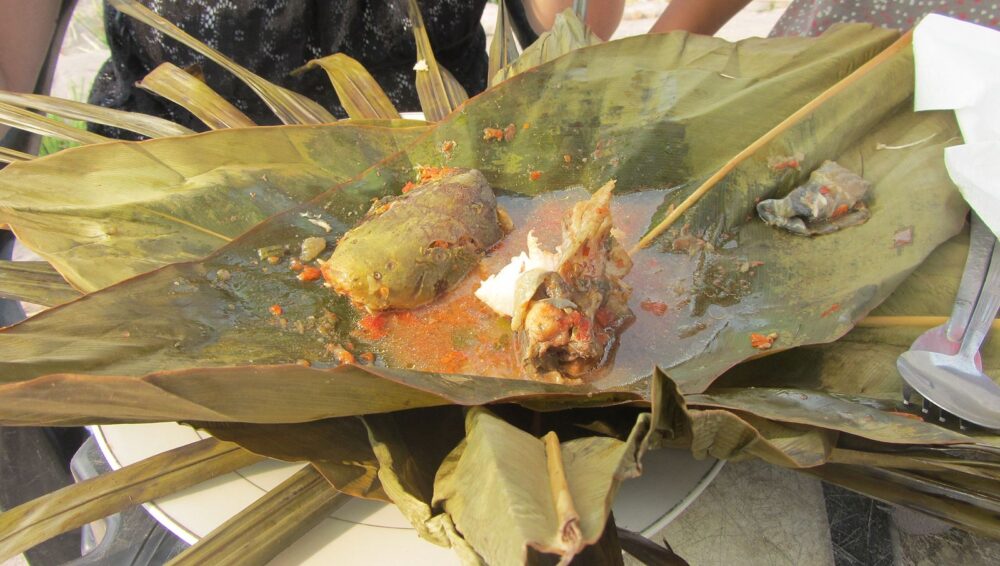
LIBOKE – this is a whole fish marinated with tomatoes and spices and cooked wrapped up in banana leaves; very simple dish using local ingredients
FUMBWA – this stew consists of wild spinach leaves that are dried and cooked with spices, peanuts, and sometimes fish
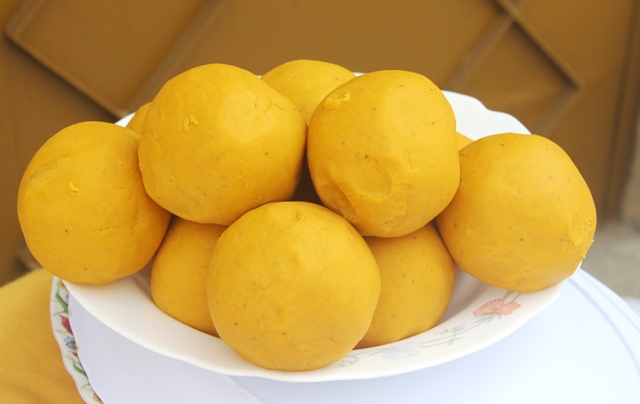
LITUMA – one of many preparations of plantains, these are pounded, boiled, and mashed; they are used as a starch for a side serving
NDAKALA – these are tiny fish (think anchovies) that are dried and fried with a tomato sauce and spices; nicknamed 1000 Poissons
CONGOLESE FOOD IN NEW YORK
The more time we spend in Central Africa on this journey, the more I realize how gaping the hole in New York’s international scene is. No doubt it better than most places in the country (and world), but the saying “We have everything” is not 100% accurate.
If anybody knows of a Congolese restaurant (outside of some seasonal pop-up festivals), please let us all know. We’re desperate!
THE VIDEO
“Weird” seems to be Sam’s word throughout this video. He is discovering wild concepts like eating “roots” and “leaves” and the really delicious technique of cooking chicken in peanut butter.
He also has a lot of corrections for me throughout. Now that he has learned how to roll out some dough, he seems to know everything. It’s pretty hilarious!
THE DISHES
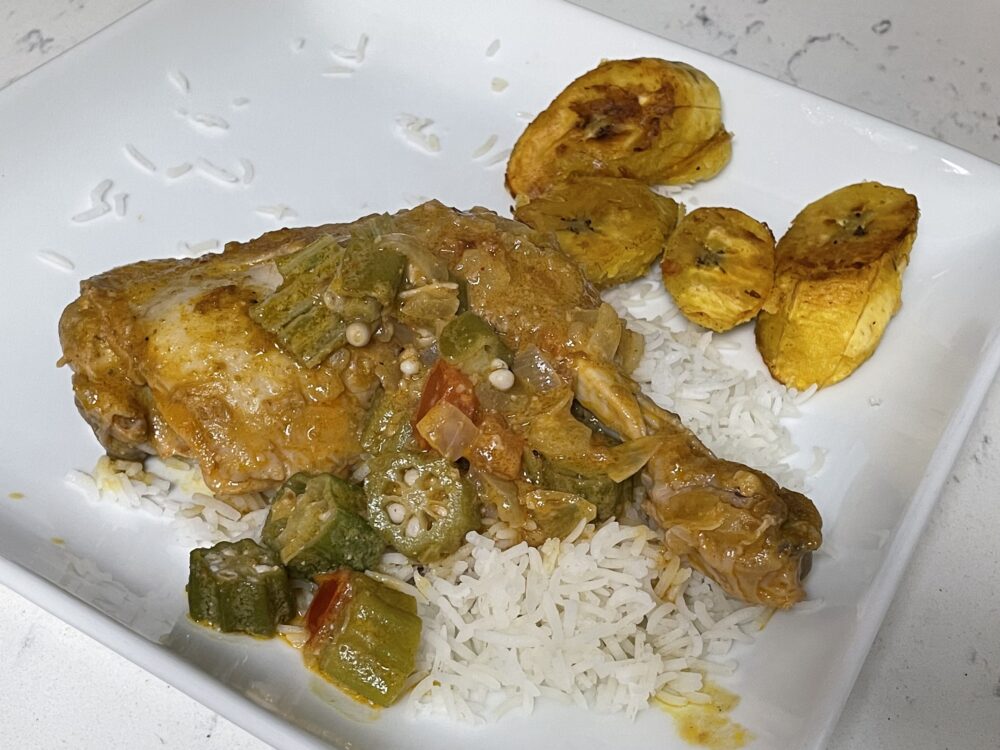
At Sam’s request, we are making the same chicken we made in our Angola video. For some reason, he has very fond memories of that red palm oil cooked chicken that once I told him it was both Congo’s National Dish, he insisted!
While the Portuguese speaking Angolans call their chicken dish “Muamba de Galinha,” in the countries around the Congo River, it is called Poulet Moambe. In Gabon (where it is also the National Dish), it is called something else. So don’t be surprised if it makes another appearance down the road.
Moambe refers to the sauce which is comprised of some form of red palm oil or red palm concentrate. When we made the Angolan version, we hunted down some very rich and unique palm nut soup (or concentrate). Another variation uses a more readily available ingredient in the US: peanut butter. So to try things a different way, we decided to include this rich tasty condiment as the base of the stew, but still utilizing plenty of red palm oil for that flavor.
When we made this for Angola, we used funje as a starchy side. This time around, instead of the fluffy cassava flour pudding, we tried something a bit different by making chikwangue.
Chikwangue (or kwanga) also utilizes the ubiquitous cassava root, but this time ferments it before boiling it into a sticky bread.
It’s a rather labor-intensive process that requires fermenting the cassava by soaking it, then blending it, rolling it, and steaming it wrapped in banana leaves (we used aluminum foil).
This is a bread that is often found sold from food vendors and can be consumed alone or as a vessel for sopping up all the remaining sauce of a stew.
THE RECIPES
Recipe Card

Poulet Moambe from Congo
Ingredients
Marinade
Stew
Instructions
Marinade Chicken
-
Add chicken to bowl or plastic bag, along with salt, cumin, smoked paprika, and juice of one lemon. Mix well to coat chicken.
-
Set aside for 30 minutes.
Make Stew
-
Soften peanut butter with some warm water until smooth.
-
Heat red palm oil in a big pot or Dutch oven over medium high heat. Brown chicken without moving on each side for about 3 minutes each.
-
Remove chicken and set aside.
-
Lower heat to medium. Add onion to oil and sweat for about 5 minutes.
-
Add garlic and ginger and cook for about 2 minutes.
-
Add tomatoes and let cook down for about 4-5 minutes.
-
Add chicken and stir well.
-
Add softened peanut butter to the pot and stir well.
-
Add chili pepper, salt, pepper, and 1/2 cup of water. Bring to a boil.
-
Lower heat to simmer, cover, and cook for 30-45 minutes.
-
Once tender, add okra, and cook for another 5 minutes.
-
Serve with white rice, chikwangue, and plantains.
- Amount Per Serving
- Calories 845kcal
- % Daily Value *
- Total Fat 53g82%
- Saturated Fat 16g80%
- Cholesterol 170mg57%
- Sodium 372.67mg16%
- Potassium 1334mg39%
- Total Carbohydrate 22g8%
- Sugars 8g
- Protein 68g136%
- Calcium 132 mg
- Iron 9.89 mg
* Percent Daily Values are based on a 2,000 calorie diet. Your daily value may be higher or lower depending on your calorie needs.
Recipe Card
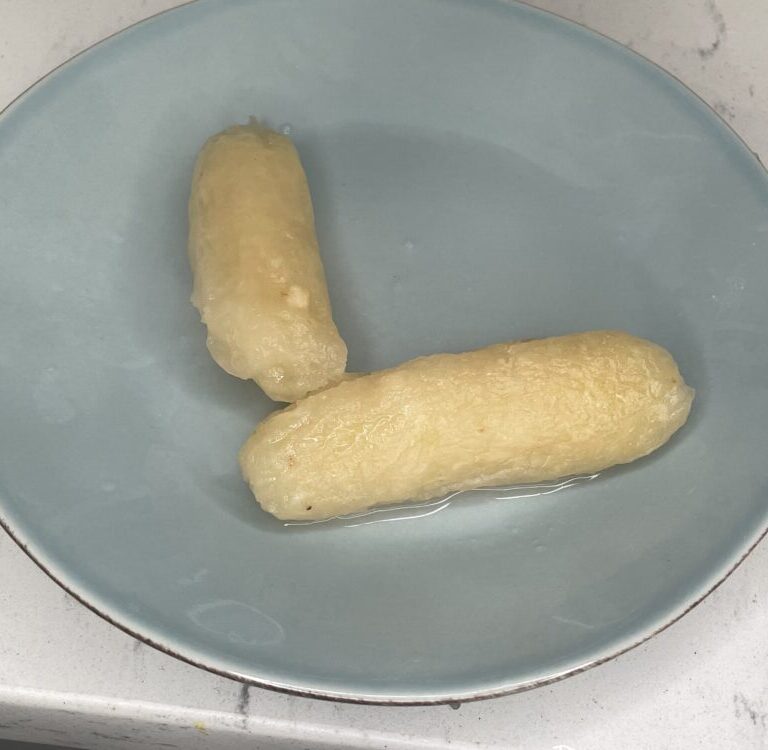
Chikwangue from Congo
Description
A very unique bread made from fermented cassava, this is usually steamed in banana leaves before being served as a snack or an accompaniment to a saucy stew.
Ingredients
Ferment Cassava
Dough
Instructions
Ferment Cassava
-
Place the chunks of cassava into a bowl of water and soak for 3-4 days.
-
Remove from the water and wash the cassava many times under running water.
Make Bread
-
Blend or mash the cassava into a smooth dough.
-
Split the dough into smaller pieces and roll the into balls or snakes.
-
Wrap the dough pieces tightly in banana leaves or aluminum foil.
-
Boil water.
-
Place the wrapped dough pieces into the boiling water and low slightly.
-
Cook gently for 4-6 hours.
-
Carefully unwrap the dough and serve with a saucy stew.
- Amount Per Serving
- % Daily Value *
- Total Carbohydrate 0.1g1%
* Percent Daily Values are based on a 2,000 calorie diet. Your daily value may be higher or lower depending on your calorie needs.
HOW WE SCREWED IT UP
I am unfortunately intimidated by fermentation. I love fermented everything when someone who knows what they’re doing is doing it. But when I let a vegetable sit in water in my kitchen for days, I don’t have enough confidence in myself (and my kitchen) to feel safe eating it.
So if I screwed anything up when it came to the chikwangue, it was mostly my lack of confidence.
I also am not sure what it’s supposed to taste, feel, and smell like.
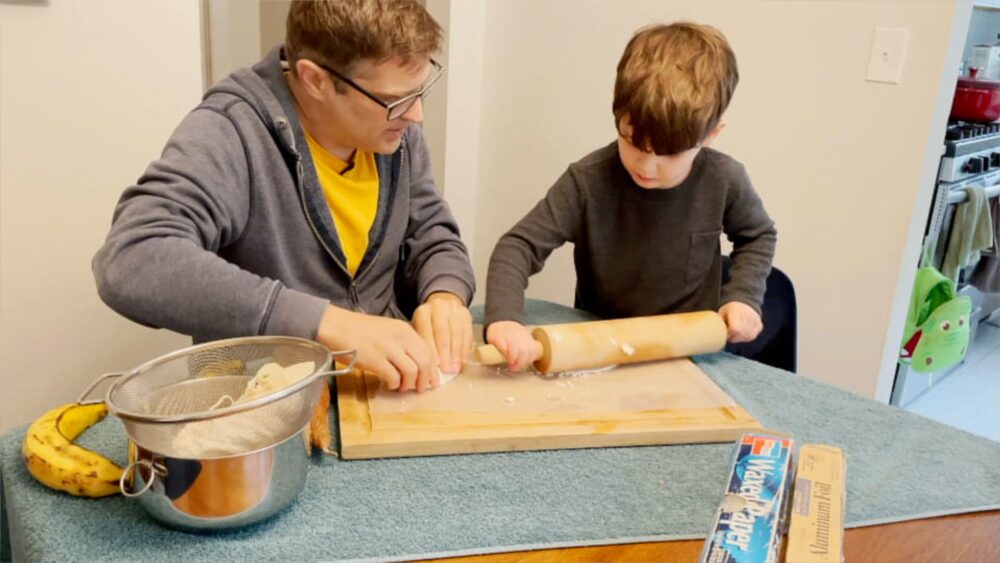
After four days of fermentation, the cassava was still not as soft as I would have expected. It took some forcing through the blender (and adding water) and removing the solid pieces, before I got it to the consistency of a dough.
We also should have tried to wrap the cassava in banana leaves, which is an ingredient we have used before, instead of aluminum foil. But we used what we had on hand.

The smell was faintly of yogurt (which isn’t in itself a bad thing) and the consistency was sticky and soft. I’m not sure if it’s supposed to be closer to a bread or if boiled yucca texture is correct.
It tasted ok, but had a strong yogurt flavor. I read that it is rather tasteless so I do wonder if I did something wrong since this had some flavor.
We are still alive to talk about the experience, so it couldn’t have been too off.
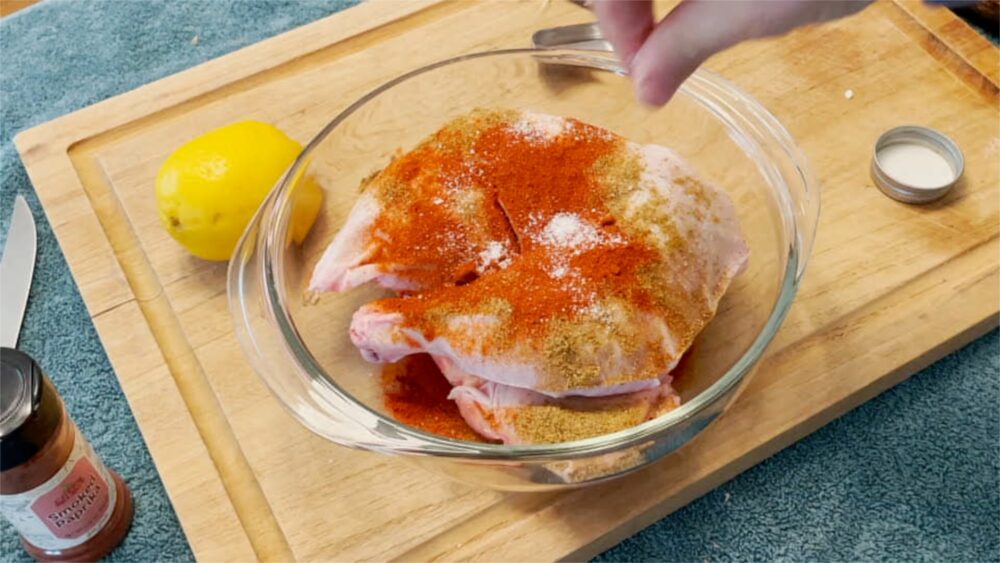
As for the chicken, it was flavorful, but a bit dry. I definitely let it sit on the stove too long (but not long enough to get tender again). Also, the pepper didn’t add much heat to the dish. I didn’t chop it up and instead left it whole. That is something you’ll see I adjusted in the above recipe. So if you don’t like it hot (but for some reason want to use the pepper), perhaps keep it whole.
SAM’S REACTION
There was a lot of expectation and pressure here since Sam requested this dish. The memory of the Angolan chicken was still on his mind.

He seemed very happy with the chicken, but claimed that the other version was better (I have to agree).
Throughout the preparation, I told him how we would be using peanut butter (an ingredient he sometimes eats by the spoonful) and he thought the combination with the chicken was strange.
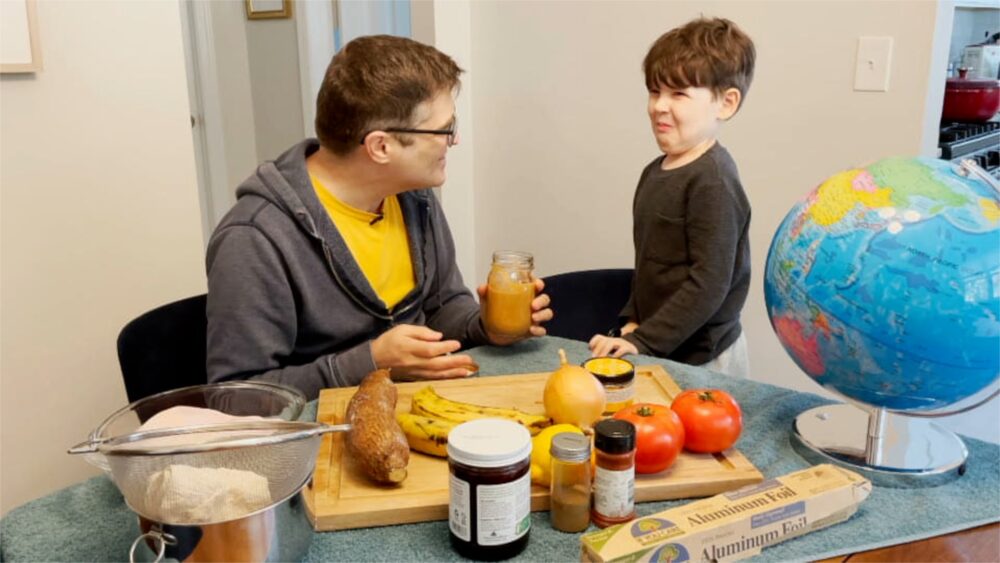
He seemed to forget about it when dinner was in front of him, until, of course, I made the mistake of reminding him and the he quickly walked away.
Although he helped roll it, he wouldn’t touch the fermented cassava bread. Would you?
NEXT TIME

Since we filmed the next video, Sam and I actually got to visit this country. So it was cool to get a sneak peak of the food from Costa Rica before actually going to Costa Rica…

